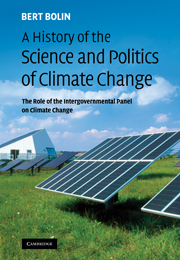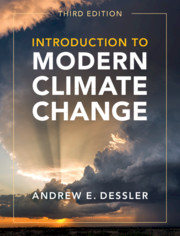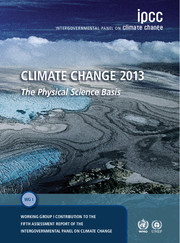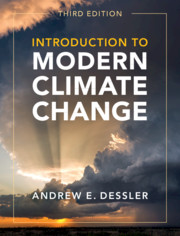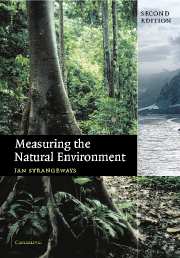Measuring Global Temperatures
Temperature is probably the most influential of all climatic variables. Our only direct, quantitative knowledge of global temperatures comes from instruments operated over the last 150 or so years. Yet as crucial and as central as these data are to our understanding of the climate, they are largely taken for granted, even by many of those using them. Measuring Global Temperatures will fill this gap by explaining how global temperatures are measured, how the data are analyzed, what the potential errors are, and what needs to be done to improve temperature measurement in the future. The book is of great interest to all meteorologists, climatologists, and hydrologists, and especially those concerned with climate change and global warming. It is written in accessible language with little mathematics, and so will appeal to students and amateur meteorologists with a strong interest in weather and climate.
- Unlike other books, describes exactly how air and sea temperatures are measured, filling in gaps in climatologists' knowledge
- Demonstrates the need to study different climates, seasons and latitudes rather than one simple global temperature measurement, highlighting the complexity of global temperature changes
- Keeps mathematics to a minimum, allowing readers to assimilate the material easily
Reviews & endorsements
"This objective new book by an author well known to the readers of Weather is ...most welcome, combining as it does both a comprehensive historical overview of the subject and an expert review of current methods of measuring surface, sea and upper-air temperatures. ... Although not everyone will agree with some of his conclusions, this book is essential reading for everyone working with, or even merely interested in knowing more about, the instrumental techniques and systems underpinning the science of climatology and climate change research. - Stephen Burt, Weather
"Believers, sceptics and those who deny human-induced climate change is underway will find this volume of great interest. It is an easy-to-read, objective discussion of the complexities of measuring, manipulating and managing temperatures recorded at the multitude of sites around the world, on land, at sea and through the atmosphere, in order to provide a global picture. These are the data essential to comprehending climate, its variations and changes, data largely taken for granted and containing errors which are often ignored. ... I can thoroughly recommend this book to the scientific community and to the layman with concern for climate and what may or may not be happening to it." - John Rodda, The Newsletter of the British Hydrological Society
"I highly recommend the book for every one interested in climate and environmental sciences and future climate change." CMOS Bulletin
"...well-written overview of the current status of diagnosing the global average surface temperature. ...a useful reference to have." Eos
Product details
December 2009Hardback
9780521898485
252 pages
253 × 178 × 16 mm
0.65kg
76 b/w illus. 2 tables
Available
Table of Contents
- Preface
- 1. The balance of energy
- 2. Thermometry
- 3. Screens, stands and shelters
- 4. Measuring land surface air temperatures
- 5. Measuring sea surface and marine air temperatures
- 6. Measuring sea temperature profiles
- 7. Global instrument networks
- 8. From point measurements to global means
- 9. Temperature changes since 1850
- 10. Temperature profiles through the atmosphere
- 11. Future measurements
- Appendix A. The gas laws
- Appendix B. Relative humidity and dew point
- Appendix C. The electromagnetic spectrum
- Appendix D. Satellite measurements of surface temperature
- Appendix E. Metadata
- Appendix F. The southern oscillation index
- Index.


